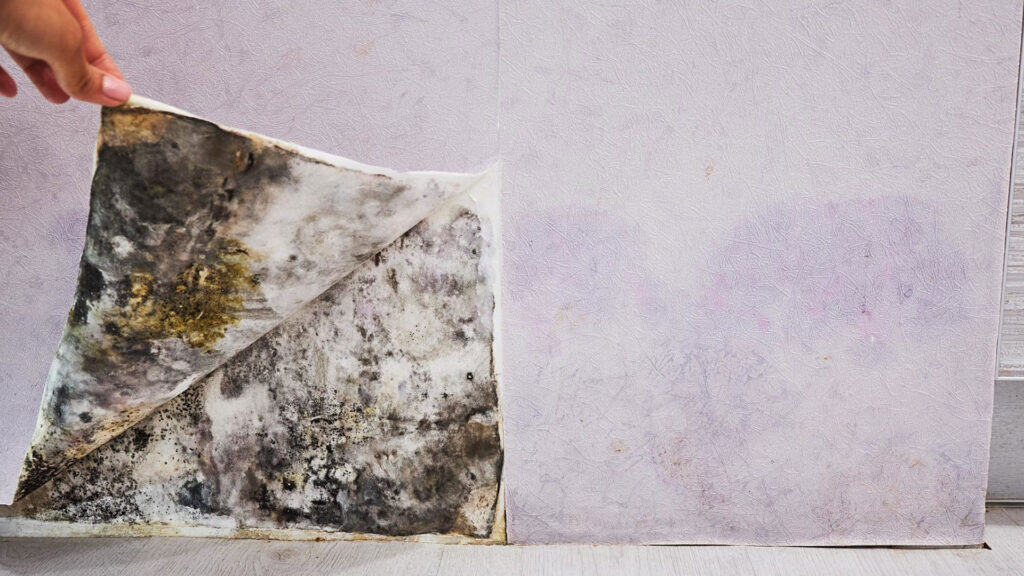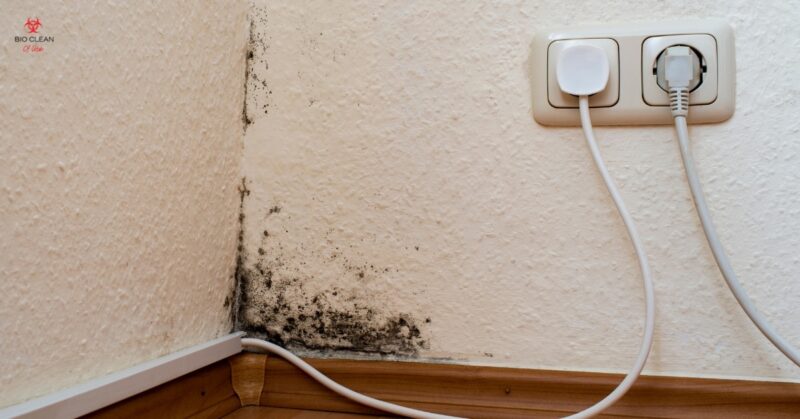Mold—a seemingly innocuous word that can evoke a sense of dread for any homeowner. It lurks in the shadows, often hidden in damp corners of our homes, silently infiltrating our living spaces and, at times, our lives.
As moisture seeps into walls, ceilings, and floors, the possibilities for mold growth multiply, bringing with it not just unsightly patches but also potential health risks and structural deterioration. Recognizing the signs of mold early can be the difference between a minor clean-up and a costly remediation project.
In this homeowners guide, we will delve into the myriad indicators of mold presence, equipping you with the knowledge to protect your home and your family’s well-being. From faint earthy odors to visible discoloration, understanding these signals can empower you to act swiftly and responsibly, ensuring a safe, healthy living environment.
Let’s explore the world of mold awareness together, arm you with practical insights, and transform you into a vigilant guardian of your home.
Identifying the Visual Signs of Mold

Identifying the visual signs of mold in your home is essential for maintaining a healthy living environment. Look closely in areas that tend to retain moisture, such as bathrooms, basements, and kitchens.
You may notice unsightly patches that range in color from a faint, dusty green to a dark, foreboding black. These splotches can appear fuzzy or slimy, often accompanied by a musty odor that penetrates the air.
Don’t ignore small, dark spots on walls or ceilings; they may be the first indication of a larger problem lurking beneath the surface. Pay special attention to any signs of water damage—stains, peeling paint, or warped materials—as these can serve as precursors to mold growth.
Remember, early detection is crucial, so stay vigilant and proactive in your inspection efforts.
Health Symptoms Related to Mold Exposure

Health symptoms related to mold exposure can vary dramatically, affecting individuals differently based on their age, health status, and the level of exposure. Common signs include persistent coughing, sneezing, and a runny or stuffy nose, reminiscent of seasonal allergies but often stubbornly enduring.
Some may experience eye irritation or skin rashes, while others could feel an unyielding fatigue that just wont shake off. More severe reactions can manifest in asthma attacks or exacerbation of pre-existing respiratory conditions, leading to wheezing or shortness of breath.
In sensitive groups, such as children or those with compromised immune systems, even brief encounters with mold spores can trigger unsettling symptoms. Moreover, cognitive effects may follow, with some individuals reporting memory lapses or difficulty concentrating, creating a troubling spiral of health concerns that demand urgent attention.
Understanding these varied symptoms is key to ensuring the safety and well-being of your household.
Preventative Measures: Keeping Your Home Mold-Free

To keep your home mold-free, proactive measures are essential and can make all the difference. Start by ensuring proper ventilation in high-moisture areas, like bathrooms and kitchens; use exhaust fans or open windows to reduce humidity.
Regularly check for leaks around pipes, windows, and roofs, as even small, unnoticed drips can create a perfect environment for mold to thrive. Invest in a dehumidifier if your home tends to be damp, and maintain indoor humidity levels below 50%.
Additionally, keep an eye on your home’s gutters and downspouts; a well-maintained drainage system directs water away from your foundation and helps prevent moisture buildup. Finally, clean and dry any spills promptly, and regularly inspect your home for signs of dampness.
Taking these steps will not only protect your space from mold but also contribute to a healthier living environment overall.
Conclusion
In conclusion, recognizing the signs of mold in your home is crucial for maintaining a safe and healthy living environment. By being vigilant and aware of the common indicators, such as discoloration on walls, musty odors, and excessive moisture, homeowners can take proactive measures to address mold issues before they escalate.
If you suspect mold growth in your residence, it is prudent to seek professional assistance; mold inspection St. Petersburg, FL, can provide comprehensive assessments and help you tackle any potential problems effectively. Prioritizing mold prevention and remediation will not only safeguard your property but also protect the health of your family, ensuring peace of mind in your home.


